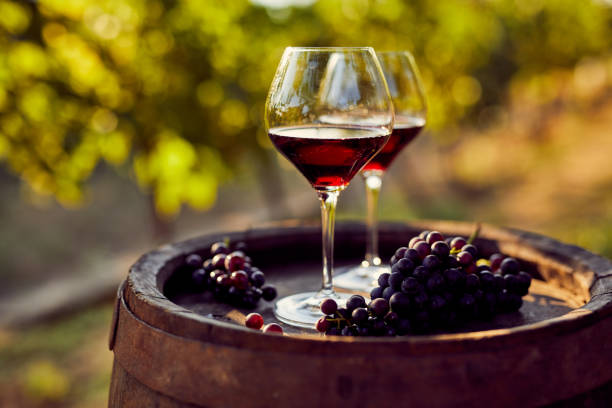In the vast and diverse landscapes of Latin America, where vineyards stretch across hillsides and valleys, there lies a hidden treasure that embodies the essence of time – old vines. These venerable grapevines, with their gnarled trunks and deep roots, have become a symbol of resilience, character, and the unique terroir that defines the wines of the region. In this article, we will explore the significance of old vines in Latin America and how they contribute to the creation of exceptional wines.
The Ancient Roots:
Latin America boasts a rich winemaking tradition that dates back centuries, with vineyards often rooted in historical significance. Old vines, some of which are over a century old, have weathered the tests of time, adapting to their surroundings and absorbing the essence of the soil in which they are planted. These vines often belong to traditional grape varieties that have a profound connection to the cultural and historical identity of the region.
Terroir Expression:
Old vines are renowned for their ability to express the unique terroir of their vineyard. Terroir, a French term encapsulating the environmental factors that influence a wine’s character, includes elements such as soil composition, climate, and topography. In Latin America, old vines act as conduits for the transfer of these terroir characteristics into the grapes, creating wines that are distinctive and reflective of their origin.
The Patagonian Pioneers:
In the southern reaches of Latin America, particularly in the Argentine and Chilean Patagonia regions, old vines have become pioneers of a burgeoning wine revolution. The harsh climate and challenging conditions have led to the development of resilient vines that produce grapes with concentrated flavors. The wines from these old vines showcase a marriage of elegance and power, capturing the spirit of Patagonia in a bottle.
Heritage Varietals:
Many old vines in Latin America are home to heritage varietals, some of which are unique to the region. These ancient grape varieties have been preserved by generations of winemakers, contributing to the biodiversity of the vineyards. The resurrection of these heritage varietals has not only added diversity to the Latin American wine scene but has also provided winemakers with a palette of flavors to craft truly distinctive wines.
Sustainability and Conservation:
The cultivation and preservation of old vines align with sustainable practices in viticulture. These vines, deeply rooted in the soil, require minimal intervention and irrigation. The conservation of old vines is not only an homage to the past but also a commitment to sustainable and environmentally friendly winemaking practices.
Old vines in Latin America stand as silent witnesses to the passage of time, guardians of tradition, and reservoirs of unique terroir. As winemakers continue to unlock the potential of these venerable plants, the wines produced from old vines will undoubtedly remain a testament to the rich history and promising future of the Latin American wine industry. The gift of time, embodied in every bottle, invites wine enthusiasts to savor the flavors of the past, present, and future in a single, timeless sip.




